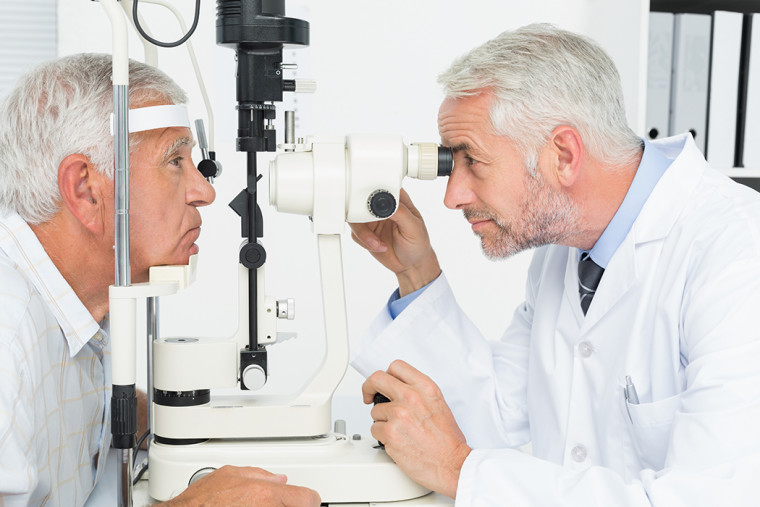All Categories
Featured
Table of Contents

Routine eye exams are important for preserving good vision and identifying possible eye health problems early. The frequency of these tests can differ considerably based on an individual's age, lifestyle, and general wellness. Recognizing the advised timetable for eye examinations can assist make sure that individuals of any ages get proper treatment and monitoring for their eye health and wellness.
Newborns and Toddlers (0-2 Years)
For babies and kids, eye examinations are critical for detecting any kind of prospective vision issues at an early stage. The American Academy of Ophthalmology recommends that a child's first eye examination need to take place at around six months old. Throughout this first go to, the eye care expert will analyze the child's visual development and look for any type of apparent eye concerns.Following this first examination, it is recommended that children have one more eye exam at age three. This check out will focus on assessing the youngster's overall visual function, consisting of eye placement and the capability to track objects. If no issues are detected, the following examination should be set up before the youngster starts institution, commonly around age five or six.
School-Aged Youngsters (6-18 Years)
Normal eye exams need to be arranged every one to two years once children get to school age. Vision is essential for discovering and advancement, and lots of institutions perform vision testings. These testings do not replace a thorough eye examination by an eye treatment professional.For children associated with sporting activities or activities requiring substantial visual focus, yearly eye exams may be recommended. Furthermore, if a child shows indications of vision troubles-- such as difficulty checking out, squinting, or regular migraines-- a check out to the eye medical professional should be scheduled as soon as possible.
Young Grownups (19-39 Years)
Young person normally have fewer vision adjustments than older age groups, however routine eye exams remain crucial. The basic suggestion is to arrange an eye test every two years during this period. People with specific danger factors-- such as a household background of eye illness, diabetes, or those who wear contact lenses-- should think about annual eye exams.Furthermore, those who spend substantial time on digital tools may experience digital eye strain. If signs and symptoms such as dry skin, exhaustion, or obscured vision occur, it may be a good idea to see an eye care specialist quicker.
Adults (40-64 Years)
Grownups aged 40 to 64 must set up eye exams every one to two years. Eye examinations can likewise help identify various other common age-related conditions such as glaucoma, cataracts, and macular degeneration.If individuals in this age have risk variables like hypertension or diabetes mellitus, they may need more regular examinations to check their eye wellness carefully.
Senior Citizens (65 Years and Older)
For senior citizens, routine eye exams become also more critical. The American Optometric Organization suggests that individuals matured 65 and older have an eye test at the very least once a year.Verdict.
Recognizing the appropriate schedule for eye exams based on age is crucial for maintaining optimum eye wellness throughout life. By sticking to these guidelines and consulting with an eye treatment professional, individuals can take proactive actions toward maintaining their vision and general health.Latest Posts
A Glamorous Getaway: The Claridge Indoor Pool
Published Jan 26, 25
1 min read
Furnishings Styles Living Space
Published Jan 21, 25
0 min read
What Elements Impact the Expense of Major Cars And Truck Repair Work
Published Jan 10, 25
0 min read